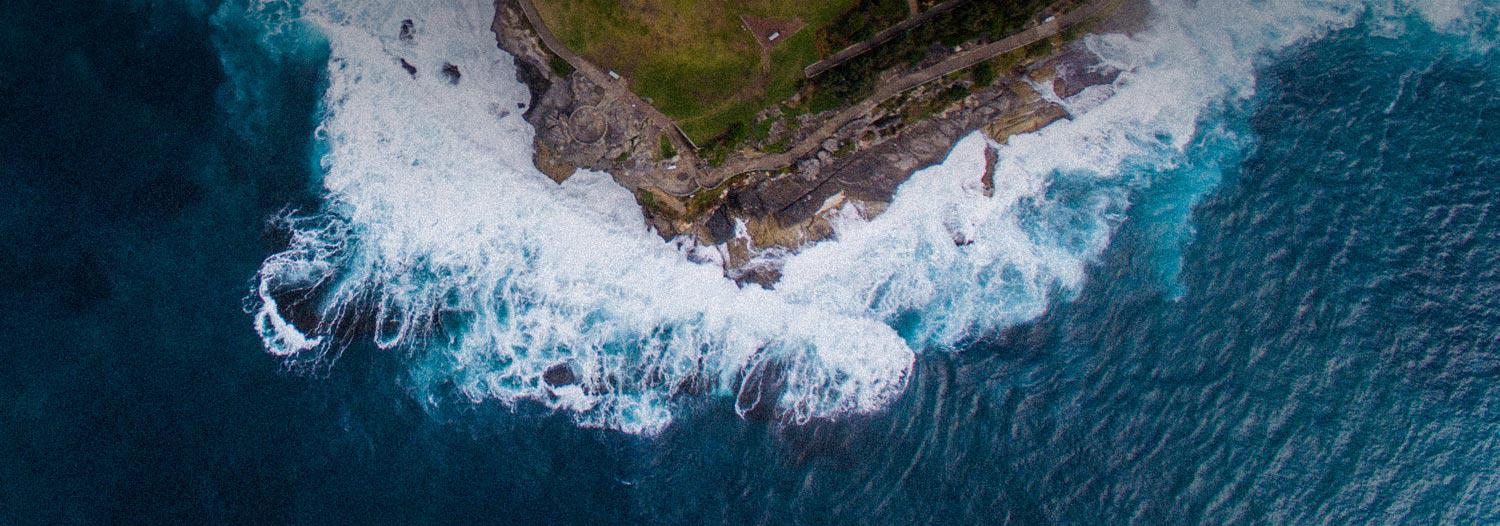Fuzzy extent water area represents the approximate area extents of formally named water features that have relatively indistinct name extent. It is a polygon feature class of the NSW Digital Topographic Database ( DTDB), within the Hydrography theme.
Fuzzy extent water area are divided into Bay-like (Bays, Bights, Coves, Entrances, Gulfs, Harbours, Inlets, Ports and River Mouths), River-like ( Read More »
Fuzzy extent water area represents the approximate area extents of formally named water features that have relatively indistinct name extent. It is a polygon feature class of the NSW Digital Topographic Database ( DTDB), within the Hydrography theme.
Fuzzy extent water area are divided into Bay-like (Bays, Bights, Coves, Entrances, Gulfs, Harbours, Inlets, Ports and River Mouths), River-like (Anabranch, Arm, Bend, Canal, Channel, Cowal, Passage, Reach, River Bend, River Feature, and Strait that have not been represented by another hydrographic feature class) and sea-like (sea and ocean) sub types.
There is no overall accuracy reported in the database, however accuracy of the individual feature instances of each feature class can be found in the database tables. The currency of the feature instances in this dataset can be found in “feature reliability date” or “attribute reliability date” attributes. All feature instances in this class are attributed with a planimetric accuracy value. It is expected that the 90% of well-defined points with the same planimetric accuracy are within 0.5mm of that map scale. Depending on the capture source, capture method, digital update and control point upgrade, every feature instance reported has a positional accuracy within the range of 1m - 100m. For detailed definitions on all feature classes and attributes, refer to the DTDB Data Dictionary.
« Less
